Hayfork Creek, Trinity County Klamath Mountains, California While demonstrating the technique of gold panning to a beginner, Edgar J. Clark a retired geologist and miner, found this diamond in the auriferous sand and stream gravels of Hayfork Creek, a tributary of the south fork of the Trinity River. While it is “industrial” grade, mineralogically it has a very interesting feature—two generations of diamond growth. The initial crystal is encrusted by a later generation of finely-grained diamond overgrowth which, “although it conforms crystallographically to the underlying crystal, shows different crystal forms.” Clark’s first discovery, in January 1987, was a smaller crystal of 14.33 carats found by accident and thus named “Serendipity.” Six months later Clark recovered another diamond—this time a large stone of twice the size of Serendipity—and he named it “Doubledipity”—the stone in this auction. Two months later he found yet another large diamond, a 17.83 carats stone, which he named “Enigma.” All of the diamonds had the same external characteristics indicating that they came from a common source and that they may have a formation which is unique to this locality. All three diamonds, an important find for the mineralogy of the State of California, were the subject of an article in Gems & Gemology, Fall 1990. While over 600 diamonds have been found in California since the first was discovered in 1848, all have been very small, (generally around 0.24 carats), and the largest of these was 6 carats—that is until Mr. Clark’s discoveries were made. The “Doubledippity” has a coarse-grained surface, a moderate yellowish-brown color with a slightly adamantine luster. It appears opaque in the center and translucent near the edges. Composed of seven interpenetrating cubes that are in random crystallographic orientation to one another, the corners and edges of the stone’s surface are rounded and encrusted by a fine-grained overgrowth. A noteworthy addition to any serious mineral collection. Weighing 32.99 carats and measuring 21.27 x 15.10 x 14.76 mm.
Hayfork Creek, Trinity County Klamath Mountains, California While demonstrating the technique of gold panning to a beginner, Edgar J. Clark a retired geologist and miner, found this diamond in the auriferous sand and stream gravels of Hayfork Creek, a tributary of the south fork of the Trinity River. While it is “industrial” grade, mineralogically it has a very interesting feature—two generations of diamond growth. The initial crystal is encrusted by a later generation of finely-grained diamond overgrowth which, “although it conforms crystallographically to the underlying crystal, shows different crystal forms.” Clark’s first discovery, in January 1987, was a smaller crystal of 14.33 carats found by accident and thus named “Serendipity.” Six months later Clark recovered another diamond—this time a large stone of twice the size of Serendipity—and he named it “Doubledipity”—the stone in this auction. Two months later he found yet another large diamond, a 17.83 carats stone, which he named “Enigma.” All of the diamonds had the same external characteristics indicating that they came from a common source and that they may have a formation which is unique to this locality. All three diamonds, an important find for the mineralogy of the State of California, were the subject of an article in Gems & Gemology, Fall 1990. While over 600 diamonds have been found in California since the first was discovered in 1848, all have been very small, (generally around 0.24 carats), and the largest of these was 6 carats—that is until Mr. Clark’s discoveries were made. The “Doubledippity” has a coarse-grained surface, a moderate yellowish-brown color with a slightly adamantine luster. It appears opaque in the center and translucent near the edges. Composed of seven interpenetrating cubes that are in random crystallographic orientation to one another, the corners and edges of the stone’s surface are rounded and encrusted by a fine-grained overgrowth. A noteworthy addition to any serious mineral collection. Weighing 32.99 carats and measuring 21.27 x 15.10 x 14.76 mm.

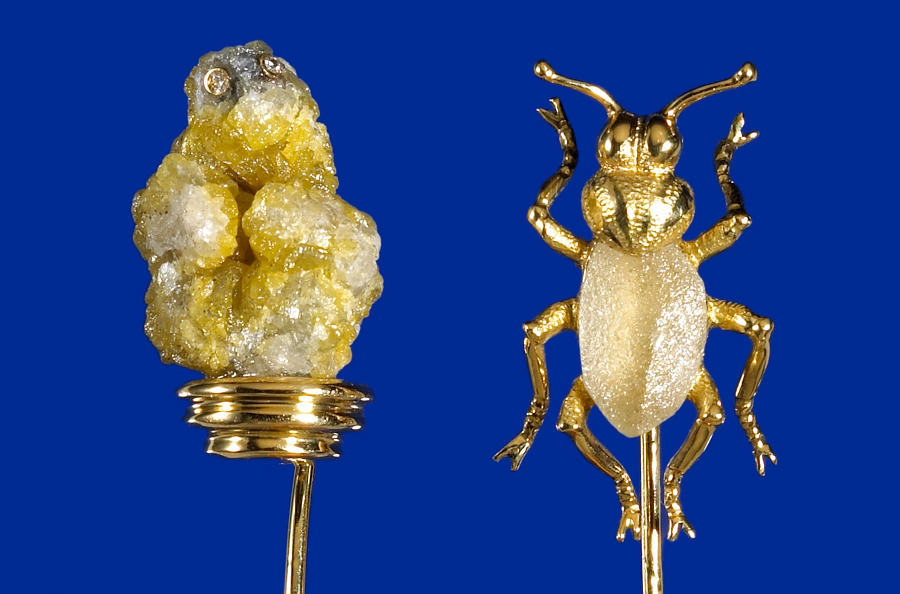
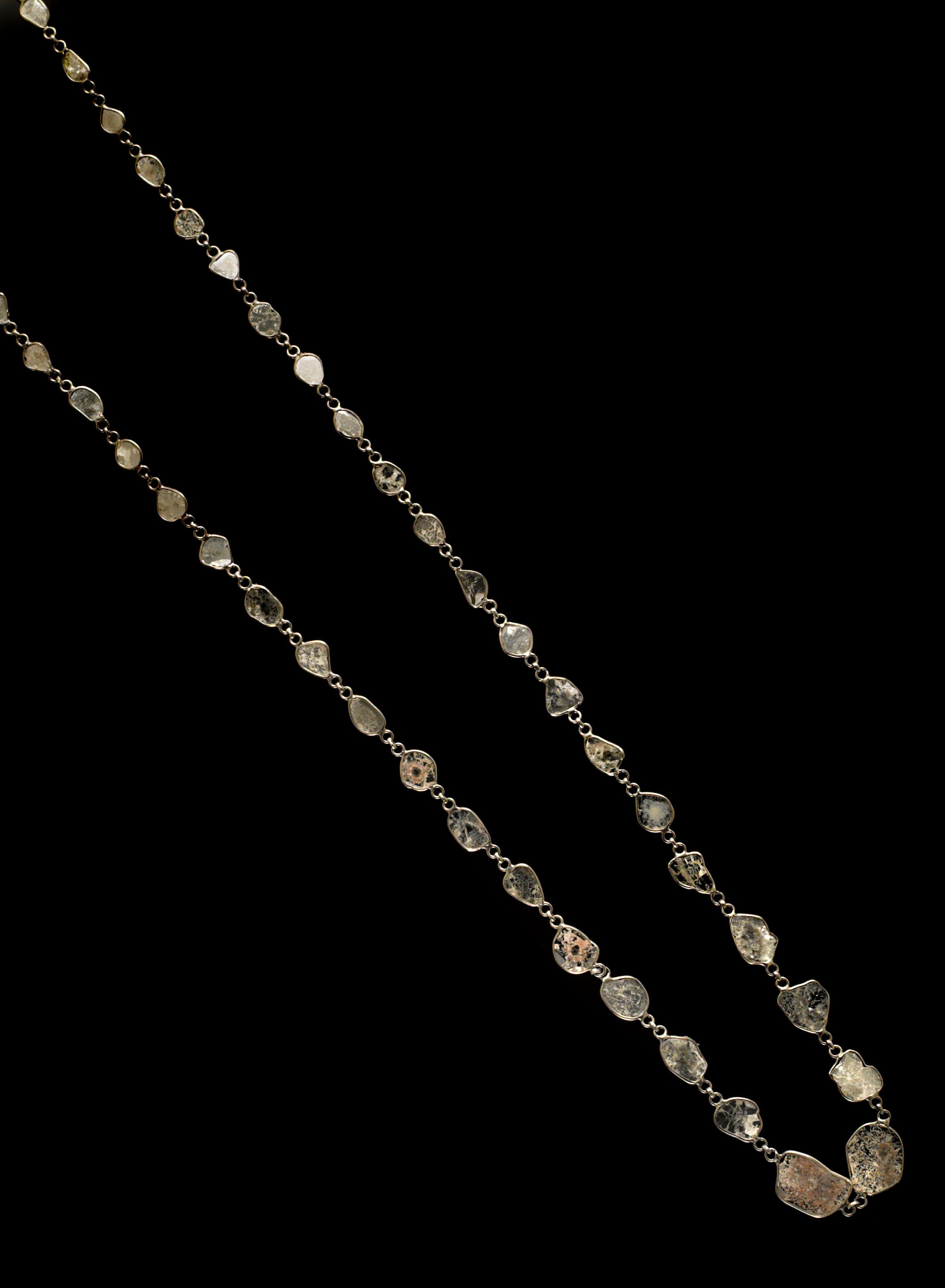

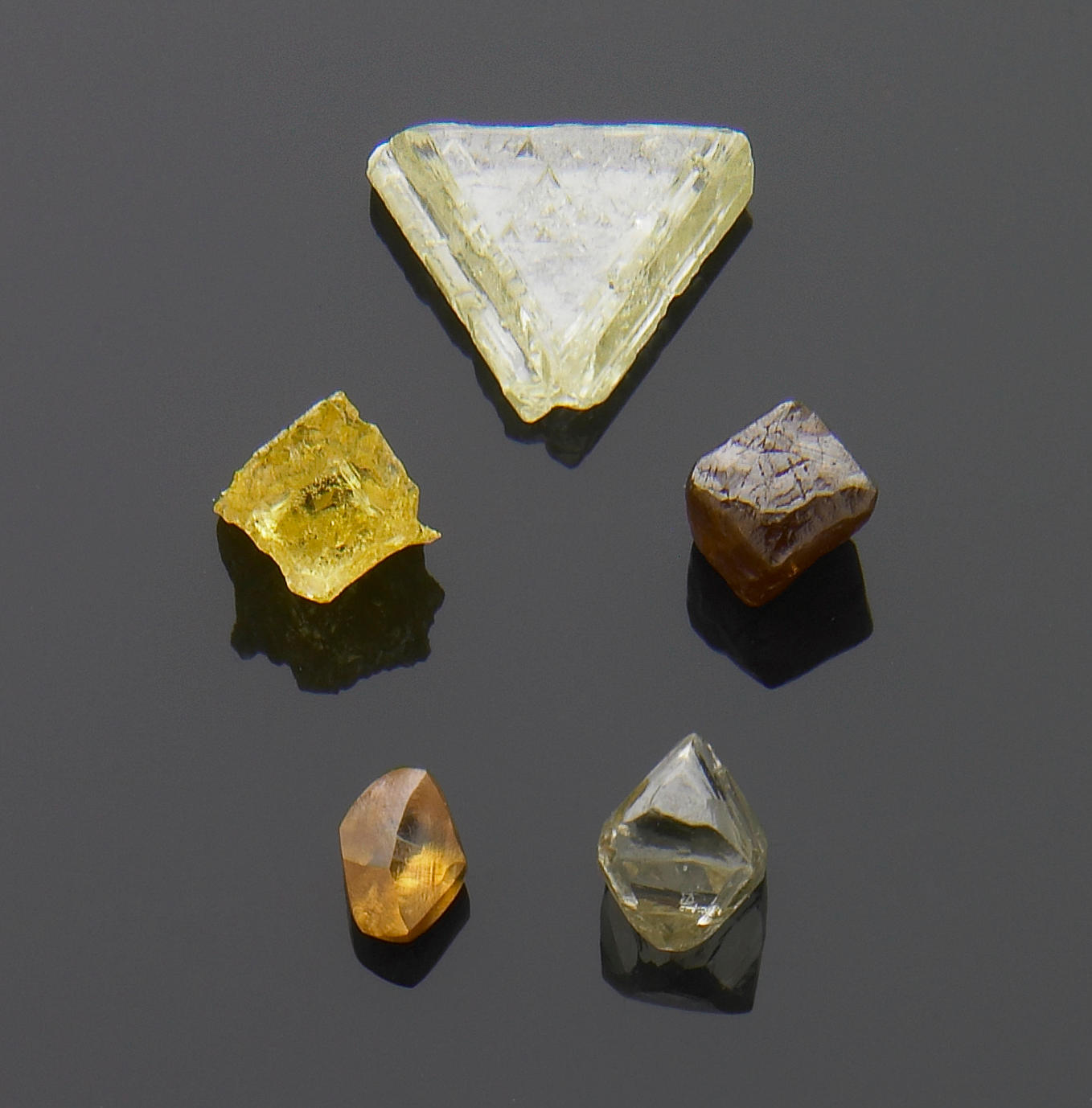


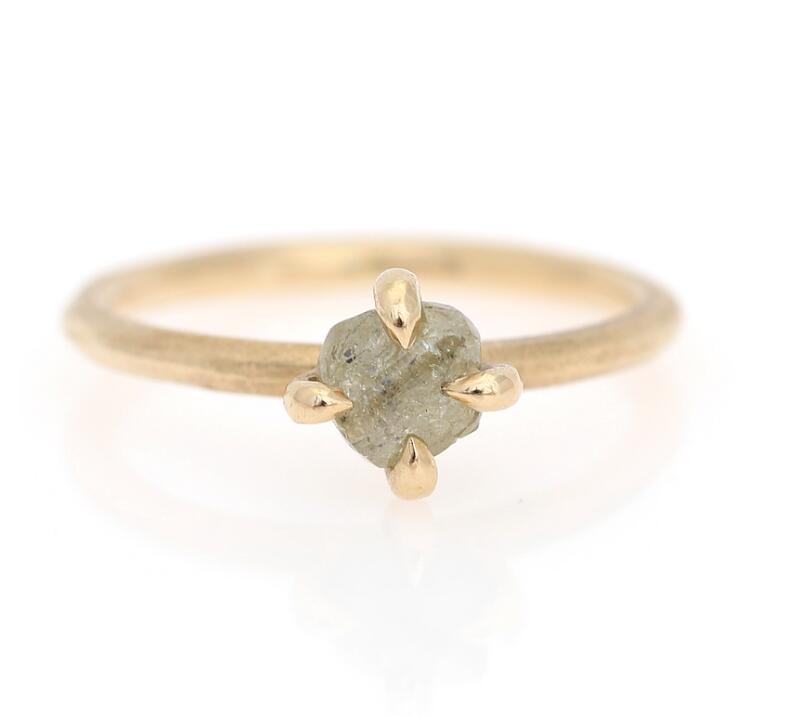


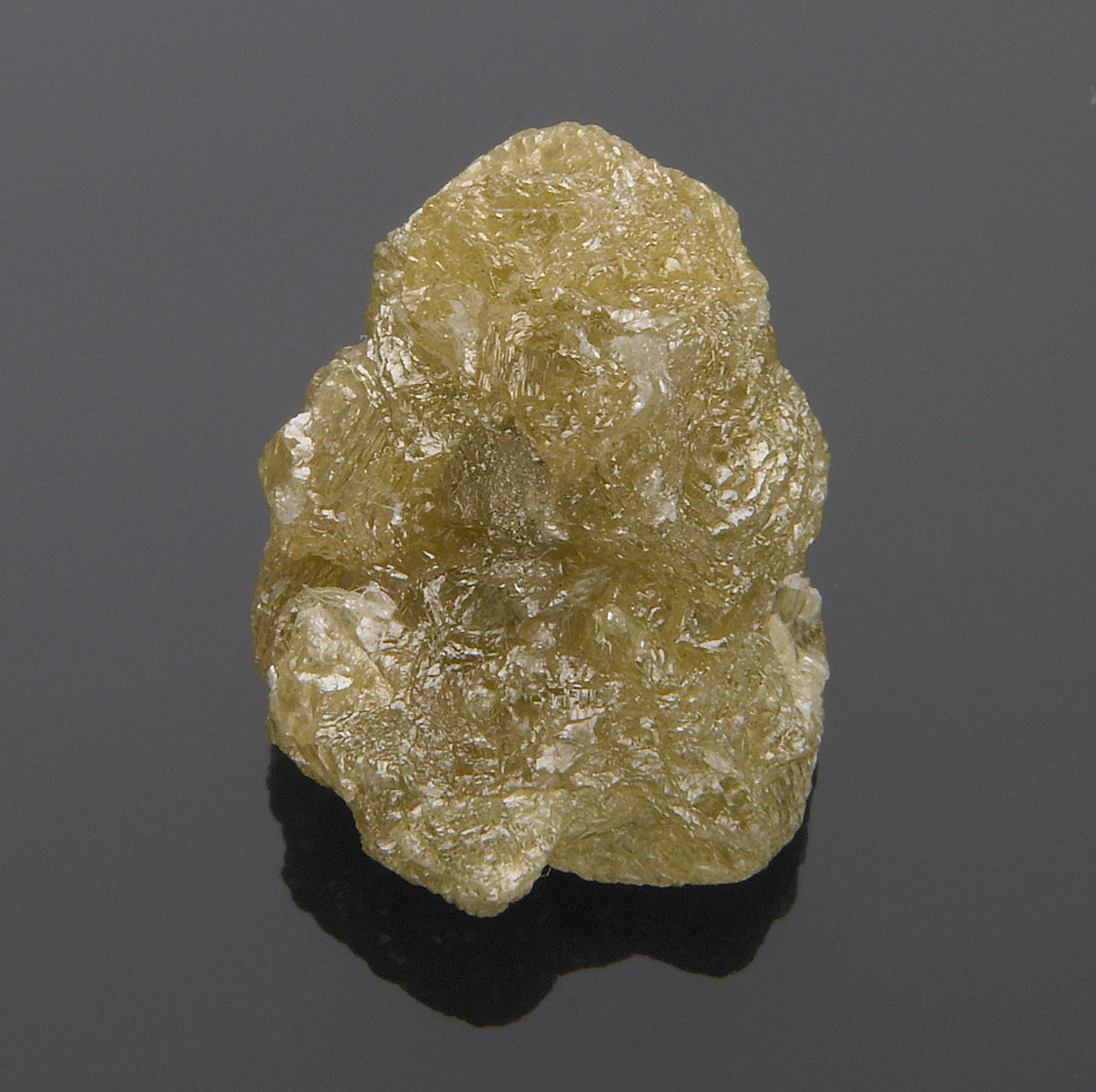



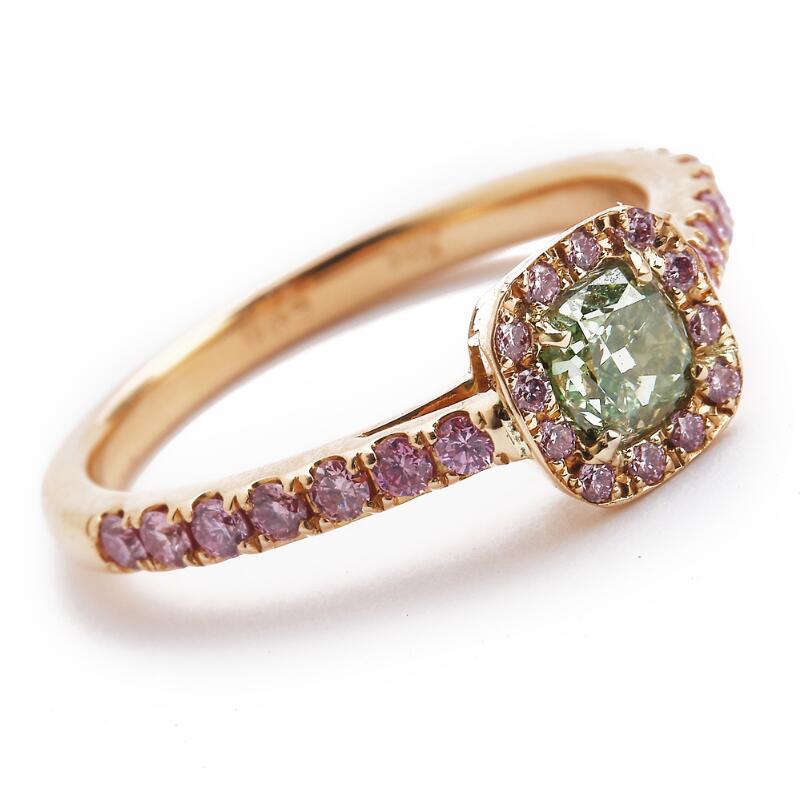
Testen Sie LotSearch und seine Premium-Features 7 Tage - ohne Kosten!
Lassen Sie sich automatisch über neue Objekte in kommenden Auktionen benachrichtigen.
Suchauftrag anlegen